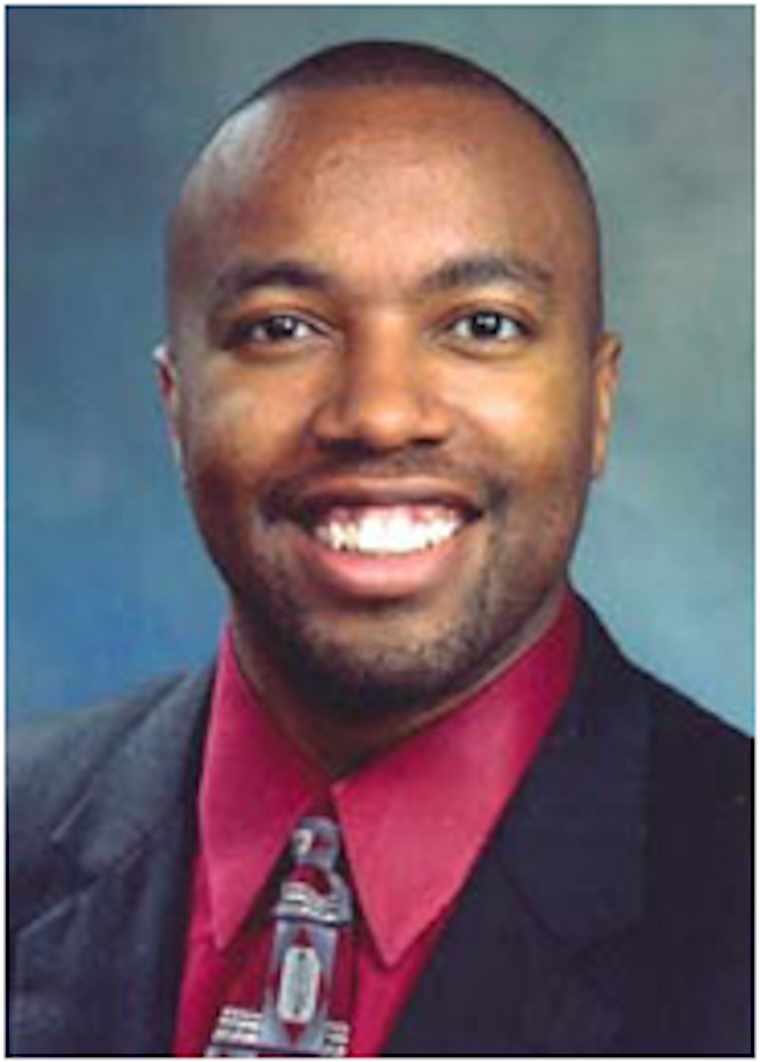#ACGME2021 Session Summary: [Social] Distance Learning: Technology-Based Strategies to Improve Learner Engagement
COVID-19 forced medical institutions across the country to pivot from business as usual to an unprecedented hyper focus on pandemic preparation and care. There were questions and confusion, and these affected medical education programs as much as anyone else facing these challenges. In his 2021 Annual Educational Conference session on Thursday, February 25, M. Tyson Pillow, MD, MEd discussed graduate medical education's response to the pandemic from the educational perspective, and how technology can enhance learners' experience.
"We did what we thought was best to protect our learners," said Dr. Pillow of the pandemic, noting that many institutions responded by removing learners from the learning environment and then did their best to figure out how to continue their education online, which was very difficult. When courses went virtual, the challenges were steep. Not everyone had content ready or the technical experience to provide online education.
"COVID exposed many of the weaknesses in our educational processes," Dr. Pillow said.
Quoting Marc Prensky, author of Teaching Digital Natives, in 2001, Dr. Pillow discussed the necessity to evolve educational formats to meet the needs of learners. "Today's students are no longer the people our educational system was designed to teach," he read, adding that "in 2001 we already knew we needed to do better."
Since that time, Dr. Pillow said, some strides were made toward that change in thinking, but it wasn't embraced as much as it could – or should – have been. COVID, he said accelerated the push toward a virtual learning space, and medical educators now find themselves trying to figure out how to use technology to continue to train excellent physicians.
Dr. Pillow presented several tips for leveraging technology to improve the educational experience. He encourages a focus on process over product and stressed that you must think about your educational goals and allow technology to help you reach those goals rather than trying to build a goal around a piece of technology.
Dr. Pillow outlined four key principles of distance learning: establish boundaries; focus on quality over quantity; expand the time; and create community. Learners, he said, appreciate boundaries, and this is as true in a virtual setting as it is in a physical one. Combined with clear expectations, boundaries make the virtual space an environment where people know how to thrive.
A focus on quality over quantity means you are deliberately looking at making the content you put online the best it can be. Dr. Pillow encourages people to look for content that will stand the test of time, but not to take that to mean that once content is online, that's it. "Even the process of delivering content will lead to higher quality content," he said. As you create content for the virtual learning environment, be open to feedback from learners that makes you think about the content differently, and to learners who are particularly adept with certain technology that could help you develop the content further, he added.
Dr. Pillow reminded attendees it's critical to be aware of learners' cognitive and work loads, work (duty) hours, and other life responsibilities, but stressed that a benefit of virtual learning is learners don't have to do certain things at specific times. If the goal is to help learners develop and demonstrate competence, granting some flexibility lets them manage their own time and use the content in a way that's most helpful to them. Letting certain learning experiences happen flexibly also requires boundaries (such as setting a deadline to complete an assignment "sometime during this week"), but still lets learners manage their education and time in a way that gives them balance.
This, in turns, helps to foster a community founded on and strengthened by communication and multidirectional discussion and learning.
Dr. Pillow concluded by summarizing practical, actionable takeaways for enhancing a virtual learning environment that engages learners.
- Filter your message. You don't have to teach everyone everything at all times. Focus on the learners and what will help them continue their learning journey.
- Experiment and innovate. Play with software, download apps, and experiment with your educational process to take your content beyond the norm.
- Leverage existing content. Figure out what you can keep, what you need to modify immediately, and what will need to change later. Adjust your content incrementally – remember, quality over quantity.
- Manage the back channel. This means use your tech support! You need someone – a colleague or your actual institutional IT team – to help manage the content, ensure questions are seen and concerns are addressed, and handle technology issues so you can continue to focus on delivering content.
While the last year has stressed every aspect of the system, it has presented opportunities for growth and development. Dr. Pillow underscored that the current environment has demanded medical educators focus differently on educational design, effective use of content, and the learning environment.
"We are still called," he said, "not only to care for patients, but also to train others to care for patients, and the landscape is changing."

